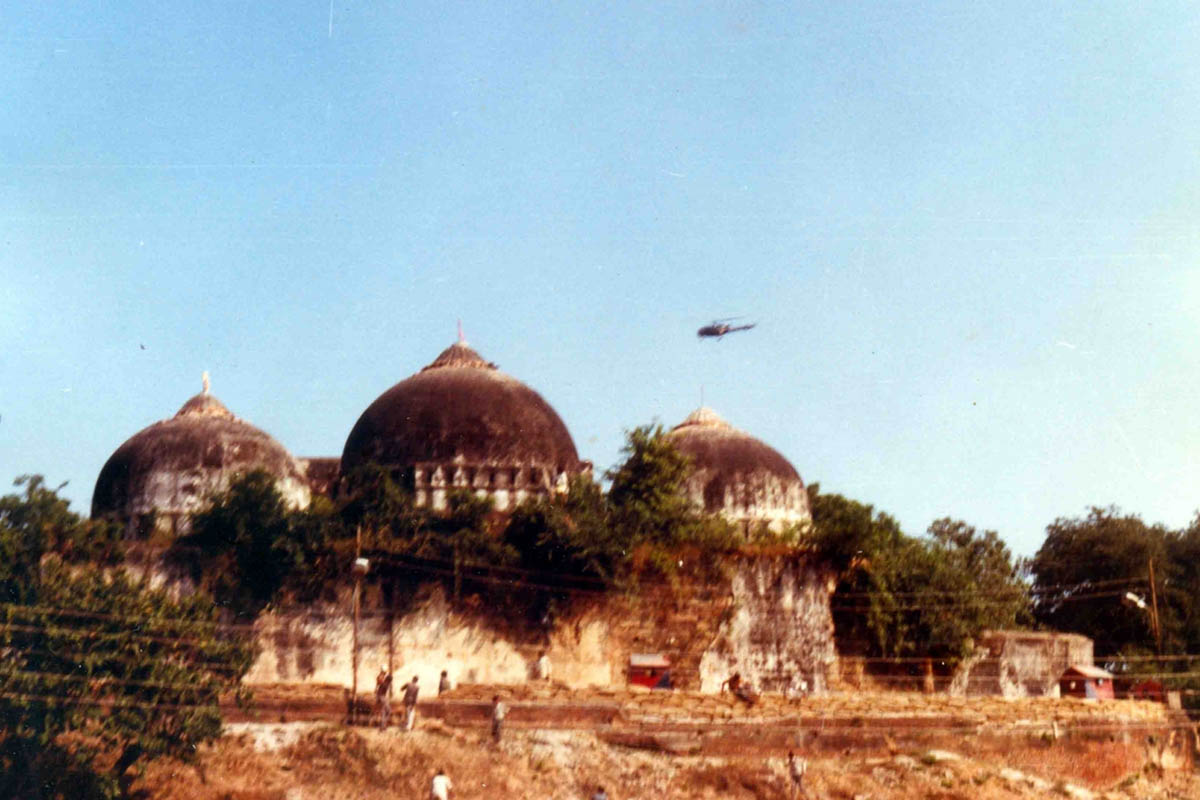The Chief Justice of India Ranjan Gogoi on Thursday asked both Hindu and Muslim parties to end all arguments in the Ayodhya title suit by 18 October so that the court gets at least four weeks to give a final verdict even as it quizzed Muslim parties on the Archeological Survey of India (ASI) report.
“If arguments do not get over on October 18, there cannot be an extra day,” said a Constitution Bench of the Supreme Court, comprising five judges headed by the Chief Justice.
The Constitution bench is holding daily hearings in the case in which the Hindu and Muslim parties are contesting each other’s claims seeking ownership of the 2.77-acres of disputed land in Ayodhya.
The apex court has asked parties to stick to a time frame or else giving a judgment would not be possible. “Taking what you have given us (the volume of documents) it would be miraculous to get a judgment in four weeks,” the court added.
Meanwhile, Muslim parties faced a volley of questions from the Constitution bench hearing the Ayodhya title dispute while pointing out various infirmities in the ASI report.
In 2003, the ASI had found remains, idols and cultural artefacts suggesting the existence of a Hindu structure, a temple, before the Babri Masjid. Senior advocate Meenakshi Arora appearing for the Sunni Waqf Board brought before the bench various inconsistencies in the ASI report.
Justice Ashok Bhushan asked Arora “Till now you (Sunni legal team) argued that the Babri Mosque was constructed on a vacant land. Now you are relying on ASI report to say whatever found was part of an Islamic structure and indicating at the Idgah. Are you saying the mosque was constructed over a mosque?” Justice Bhushan told Arora it was not part of her pleadings and now you want it to be allowed to develop evidence.
The second pointed question was asked by Justice SA Bobde to Arora: “How do you say that 46 pillars (resembling Hindu structure) excavated were of different periods and only the four (she claimed were of an Idgah) were of same periods? From where do you say this? Where is the evidence?”
At the beginning of the hearing on Thursday, Muslim parties went back on their earlier stand and senior advocate Rajeev Dhavan, appearing for the Muslim parties, said that they do not question the authorship of the report.
On Wednesday, Arora had questioned the authorship of the ASI report summary. Dhavan on Thursday submitted before the court that the Muslim parties’ argument in connection with the authorship was futile and its authenticity not in doubt.
The Muslim parties contended that material recovered from excavations show a new style of construction which is a mixture of lime and clay which is consistent with Islamic structures. Arora indicated at the probability of Kannati Idgah below the disputed site and referred to it as a conjecture.
Justice Bobde also asked Arora to clarify the level immediately below the Babri Masjid. “We want to see the findings of the medieval period, when the temple was destroyed,” Bobde asked Arora.











